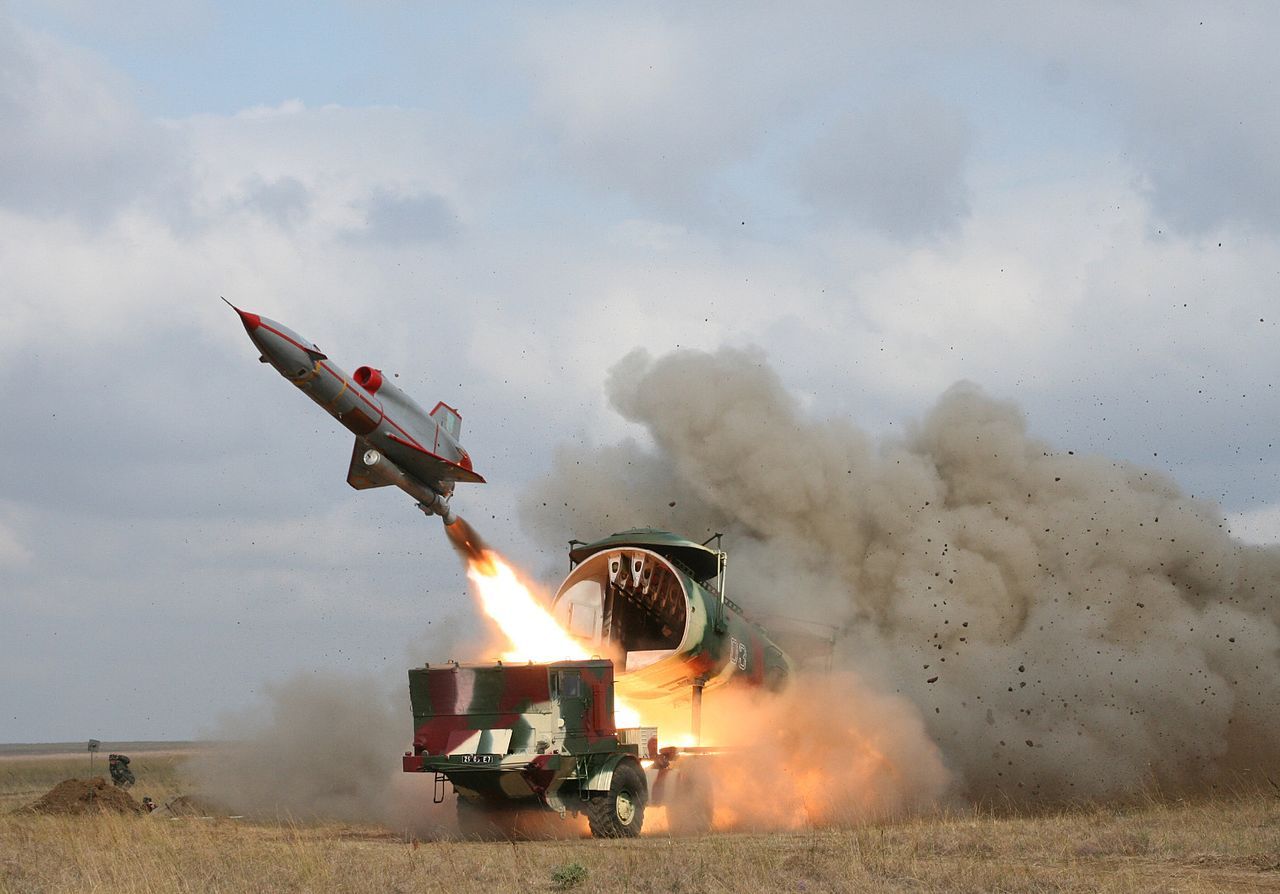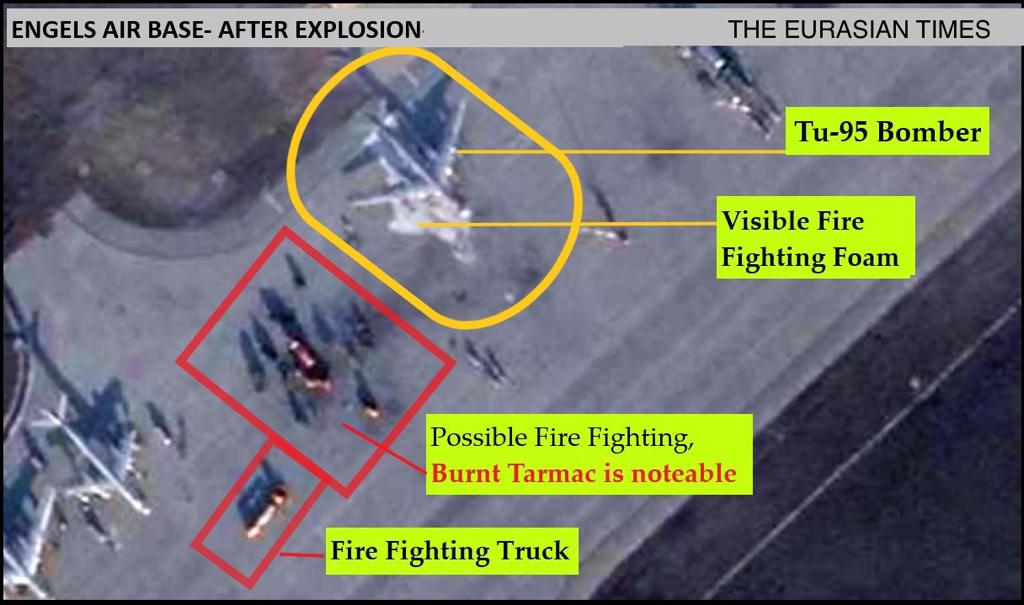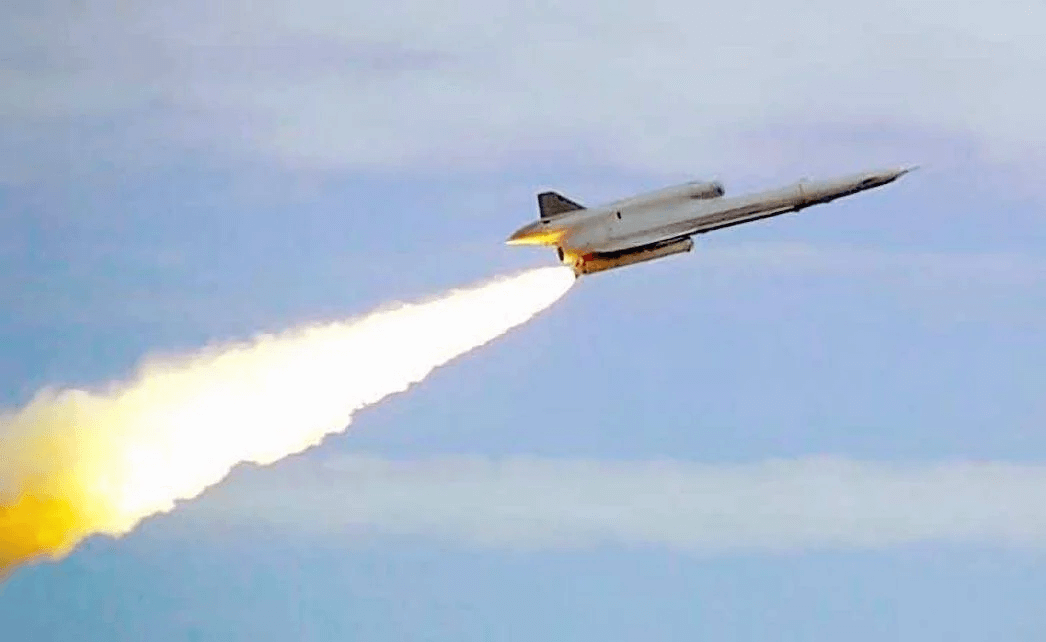A Ukrainian suicide strike has triggered a massive fire at a fuel storage facility in the Crimean port city of Sevastopol.
Unknown drone hit russian oil depot in Sevastopol, occupied Crimea.
Enjoy. pic.twitter.com/vcZoSkghrl— Ukraine Front Lines (@EuromaidanPR) April 29, 2023
The Governor of Sevastopol, Mikhail Razvozhaev, has stated that the Fire at the Oil Terminal is now a “Level 4 Emergency” which is considered the Highest Level with 18 Fire Brigades on Site alongside at least 60 Firefighters; it has been reported so far that No Injures have occurred.
Razvozhayev said the oil depot was attacked by “two enemy drones,” and four oil tanks burned down. A third drone was shot down from the sky over Crimea, and one more was deactivated through radio-electronic means, according to Crimea’s governor, Sergei Aksyonov.
There is no threat to civilian infrastructure,” the governor later added from the scene, confirming there were no casualties or injuries.
The authorities urged people to remain calm as at least 60 firefighters, 18 engines, and a fire train worked to tackle the blaze. It is believed that Mugin-5 UAVs were used to attack the fuel facility.
Earlier, the Russian military attacked a Ukrainian military facility used to repair, modify, and test the Tu-141 Strizh drones in the Kharkiv region. The attack comes months after Ukrainian troops allegedly used the drones to attack Russian air bases, which led to the loss of a Tu-95 strategic bomber.
???? Esta mañana, la Fuerzas Armadas de Ucrania llevaron a cabo otro ataque a la península de Crimea
Tres grupos de vehículos aéreos no tripulados Mugin-5 (al menos diez unidades), equipados con explosivos, despegaron del aeródromo de Shkolny (región de Odesa) en dirección a… pic.twitter.com/2Xy8lAbXKE
— #BoicotALosEspeculadores?️?????️ (@williechirinos) April 29, 2023
The official representative of the Russian Ministry of Defense (MoD), Igor Konashenkov, told the media on April 23, “In the vicinity of the city of Kharkiv, the workshops of an aviation industry enterprise were hit, in which repairs and testing of Ukrainian unmanned aerial vehicles Strizh were carried out.”
The development comes as intense combat rages in the eastern region of Ukraine, including Kharkiv. According to reports, several provinces in the region, including Kharkiv, Odesa, and Zaporizhzhia, were hit by a massive barrage of missiles in the last couple of days.
The most intriguing and notable attack was against the Kharkiv Strizh repair plant because Ukraine has extensively deployed the Tu-141 Strizh to launch attacks on high-value targets inside Russia’s strategic depth.
In December last year, the Russian military was caught off-guard when a modified Soviet-era drone, the Tu-141 Strizh, attacked its air force bases several hundred kilometers from the Ukrainian border. Although Kyiv did not take responsibility for it, the Russian MoD claimed it was certainly a Ukrainian attack.
On the morning of December 5, 2022, Ukraine attacked two air bases in Russia using Soviet-made UAVs – Dyagilevo in the Ryazan region and Engels in the Saratov region. It was interpreted as an effort to disable Russia’s long-range bombers — the Tu-95 and the Tu-160.

The satellite imagery of the Engels Air Base obtained in the aftermath of the attack revealed that a Tu-95 bomber of the Russian Aerospace Forces (VKS) was badly damaged. As previously reported by EurAsian Times, the bomber was seen covered in fire-fighting foam used to cool the Fire and coat the fuel to prevent its contact with oxygen.
The loss of Tu-95 from active service was seen as a big blow to the VKS, as it was the first time that the bomber, which is the mainstay of its bomber fleet, was damaged in combat. Even though the aircraft was not fully damaged, it was reportedly sent to the repair hangars.
Ukraine has since employed the long-range drone on many occasions, but none comes close to the damage incurred on the Tu-95 bomber. The Russian attack on the Strizh facility could, thus, be seen as an act of vengeance for the damage done to the TU-95MS bomber of the VKS.

Ukraine’s Use Of Soviet-Era Tu-141 Strizh Drone
The Strizh is a reconnaissance drone that could be recovered using a tail-mounted parachute after completing a mission. The KR-17A turbojet engine is situated above the tail of the missile-shaped drone, which also has a delta wing mounted at the back. The maximum range of the Strizh at medium altitudes is 1,000 kilometers, and its cruising speed is 1,000 kilometers per hour.
Tu-141 was produced at the Kharkiv aircraft plant in 1979 and used until 1989, two years before the Soviet Union disintegrated. A total of 152 units were produced, some of which went to Ukraine and incorporated into the 321st Separate UAV Squadron based in Odesa.
The first evidence of Ukraine modifying and re-arming the Tu-141 Strizh to transform it into a strike drone appeared in March 2022, shortly after the invasion was launched. At the time, in a bizarre incident, the Tu-141 crashed in Croatia’s capital Zagreb.
When the twin attack on Russian air bases was carried out using the drone, the Russian MoD press statement said that the drones were flying at low altitudes when they were brought down by Russian air defense systems. However, the attack changed the perception that Russian assets deep inside the Russian territory were safe from Ukraine’s attacks.

After the Russian MoD claimed that Ukraine was behind the attack, Ukraine’s presidential adviser tweeted a cryptic message — “The Earth is round – a discovery made by Galileo. Astronomy was not studied in Kremlin, giving preference to court astrologers. If it were, they would know: If something is launched into other countries’ airspace, sooner or later, unknown flying objects will return to the departure point.”
Following the attacks in December, all Tu-141 strikes — particularly the one on an oil station at Tuapse in the Krasnodar region on February 28 — have been unsuccessful.
In addition, late last month, Russia reportedly brought down a Strizh drone by disabling it only with Electronic Warfare (EW) systems. The drone crashed at a community in the Tula region after being jammed mid-air.
The drone has risen to prominence in the ongoing war due to its utility in conducting long-range strikes since the West continues to dither on arming Ukraine with long-range weapon systems. Ukraine’s drone attacks against Russia have seen an uptick, with the Strizh being the most popular among Kyiv’s armed forces.
- Contact the author at sakshi.tiwari9555 (at) gmail.com
- Follow EurAsian Times on Google News




